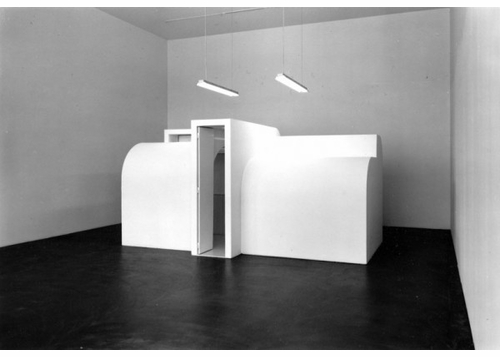ARTBOOK BLOGEventsStore NewsMuseum Stores of the MonthNew Title ReleasesStaff PicksImage GalleryBooks in the MediaExcerpts & EssaysArtbook InterviewsEx LibrisAt First SightThe Artbook 2023 Gift GuidesArtbook Featured Image ArchiveArtbook D.A.P. Events ArchiveDATE 8/20/2024 Heads up on 4/20!DATE 4/30/2024 Danny Lyon at Photobook AustinDATE 4/30/2024 Rizzoli Bookstore presents Roger A. Deakins with James Ellis Deakins and Matthew Heineman on 'Byways'DATE 4/25/2024 Join us at Printed Matter's NYABF 2024!DATE 4/25/2024 The Strand presents Joshua Charow in conversation with Wendy Goodman for the launch of 'Loft Law'DATE 4/24/2024 Bungee Space presents Set Margins’ 6-Book Launch and Get TogetherDATE 4/21/2024 Time & Space Limited presents "Memory as Various: Bernadette Mayer's 'Memory'"DATE 4/18/2024 Howl! Arts/Howl! Archive presents Pyramid Pioneers with 'We Started a Nightclub' signingDATE 4/18/2024 A birthright and a legacy in Ivan McClellan's 'Eight Seconds: Black Rodeo Culture'DATE 4/14/2024 Vintage 'Audio Erotica' from Jonny TrunkDATE 4/13/2024 Unnameable Books presents "Reading from Bernadette Mayer's 'Memory'"DATE 4/13/2024 Artbook at Hauser & Wirth presents Heather McCalden and Cyrus Dunham launching 'The Observable Universe: An Investigation'DATE 4/12/2024 Join Artbook | D.A.P. at Shoppe Object at High Point | ABSALONTHOMAS EVANS | DATE 6/8/2011Absalon (Walther König, Köln)Releasing this week is one of the Fall catalogue’s more intriguingly designed monographs: the first overview of the Israeli artist Absalon. Housed in plain white paper-over-board covers, it is comprised of two bound sections of differing heights, the back of which is glued to the interior rear card cover, in a spin on the ‘monograph as dossier’ format. Absalon built a considerable ouevre during his sadly brief life (he died in 1993 at the age of 28), and this austerely designed volume effectively constitutes an Absalon catalogue raisonné. |


